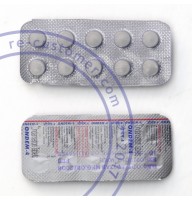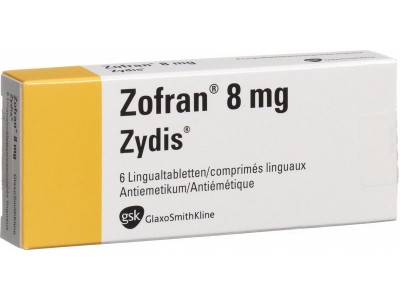Sublingual medications, which are administered under the tongue for rapid absorption into the bloodstream, offer an alternative route of administration for various drugs. Some common examples include:
Nitroglycerin is often prescribed for angina (chest pain) and works by dilating blood vessels to improve blood flow to the heart. It is a widely recognized sublingual medication due to its quick action in relieving acute chest pain.
Lorazepam is used to treat anxiety disorders. The sublingual form of lorazepam allows for faster relief of anxiety symptoms compared to oral tablets.
Zolpidem is prescribed for insomnia and helps individuals fall asleep more quickly. The sublingual version provides a faster onset of action, which is beneficial for those needing quick relief from sleeplessness.
Vitamin B12 is sometimes taken sublingually to address deficiencies. This method can be particularly useful for individuals with absorption issues in their gastrointestinal tract.
Buprenorphine is utilized in the treatment of opioid addiction. Sublingual administration helps in reducing withdrawal symptoms and cravings by providing steady levels of medication in the bloodstream.
Ondansetron is used to prevent nausea and vomiting caused by chemotherapy, radiation therapy, or surgery. The sublingual form allows for rapid absorption, making it effective for quick symptom relief.
Ergotamine is prescribed for migraines and works by constricting blood vessels around the brain. The sublingual route ensures faster relief from migraine attacks.
These examples illustrate the versatility of sublingual medications in managing a range of medical conditions by providing rapid relief and efficient drug absorption.

